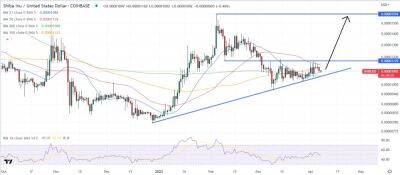From near-shoring to friend-shoring: the changing face of globalisation
F or three decades, businesses and governments around the world operated under the assumption that economic and financial globalisation will continue apace. As the international order has come under strain in recent years, however, the concept of deglobalisation – the delinking of trade and investment – has increasingly gained traction with households, companies, and governments. But the available data suggest that globalisation is not ending so much as it is changing.
Not too long ago, it seemed that there were no limits to global economic and financial integration. For decades, globalisation’s benefits appeared to be obvious and unassailable. The interconnectedness of production, consumption, and investment flows provided consumers with a wider range of choices at attractive prices, enabled companies to expand their markets, and improved the efficiency of their supply chains. Global capital markets expanded access to credit and lowered its cost for private and public borrowers alike. The world’s governments engaged in what seemed to be a series of win-win partnerships. And technology – including, most recently, the accelerating shift toward remote work – made national borders seem largely irrelevant.
But while globalisation made markets work better, policymakers lost sight of its adverse distributional consequences. Many communities and countries were left behind, contributing to a widespread sense of marginalisation and alienation.
The result was a backlash against globalisation, whose most visible political manifestations were the UK’s vote to leave the EU and Donald Trump’s election to the US presidency in 2016. Soon, the US had entered a tariff war with China, deepening the divide between the two economic powers.
Read more on theguardian.com


![As Avalanche [AVAX] metrics see an uptrend, will its price follow](https://finance-news.co/storage/thumbs_400/img/2023/4/8/63370_y4f.jpg)






![Bitcoin [BTC]: What the king coin’s FOMO and FUD indicators suggest](https://finance-news.co/storage/thumbs_400/img/2023/4/7/63358_egl.jpg)




